Development Architectural and Urban Planning Concepts for a New Town in Sakhalin Region
The Agency for Strategic Development CENTER in strategic partnership with the Genplan Institute of Moscow developed a model of a new city in the Sakhalin Region. A project of creating a city from scratch is virtually unprecedented for the urban planning practice not only in modern Russia, but in the whole world. The future city is expected to provide additional momentum for the socio-economic development of the Sakhalin Region and the Far Eastern Federal District, increase the competitive advantage of the region’s economy, and contribute to strengthening a favorable investment climate.
The development architectural and urban planning concepts for a new town in Sakhalin Region has been initiated by the Sakhalin Region Development Corporation with the support of the Sakhalin Region government.
Object
The territory is in the Korsakovsky Urban District of Sakhalin Region. It has an approximate area of 1,200 ha.
Purpose
Development of architectural and urban planning concepts (master plans) for a new town in the Korsakovsky Urban District of Sakhalin Region with detailed elaboration of the functional planning decisions for the key objects and territories.
Objective
- determination of the optimal characteristics and solutions for the development of a new town in Sakhalin Region, in accordance with contemporary approaches to architecture, urban planning, and urban technologies;
- determination of potential possibility, feasibility, and effectiveness of investment, including for the Sakhalin Region Development Corporation;
- increase of the investment attractiveness of the territory.

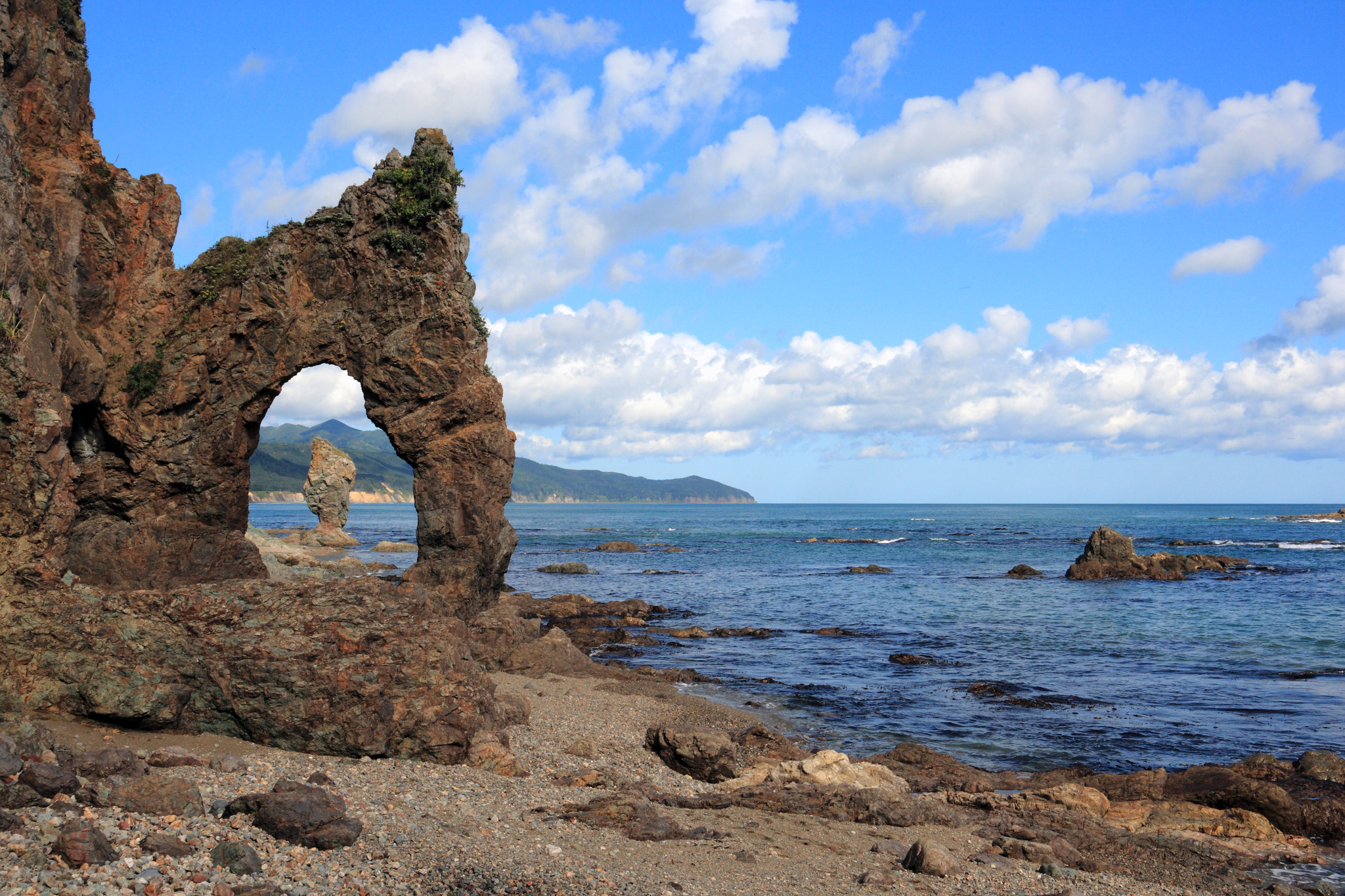
Stages of developing a concept and an integrated model for a new city:
- Collection and analysis of data;
- clarification of the boundaries of the territory of the Korsakov urban district, the considered development of a master plan for a new city;
- determination of urban planning potential and restrictions for the development of a new city (restrictions related to the legal regime of land use, the location of zones with special conditions for the use of the territory, the geographical characteristics of the design sites, including the features of the relief, hydrological regime, seismic hazard of the territory, etc.);
- formation of general principles and approaches to the development of the territory of the new city based on the best Russian and international practices;
- clarification of the location boundaries and planned development parameters for no more than five key facilities and territories, the Korsakov Port multimodal transport and logistics complex and the Sakhalintech innovation and technological cluster, proposed for the development of fundamental functional planning and architectural and spatial solutions;
- determination of the principles and key parameters of sustainable development of the new city;
- creation of a functional-spatial model of a new city;
- conducting anthropological research and creating a socio-cultural model of a new city (forming portraits of future city residents, forecasting the number, determining requests, scenarios of life in the city).
Valery LimarenkoSakhalin Region Governor
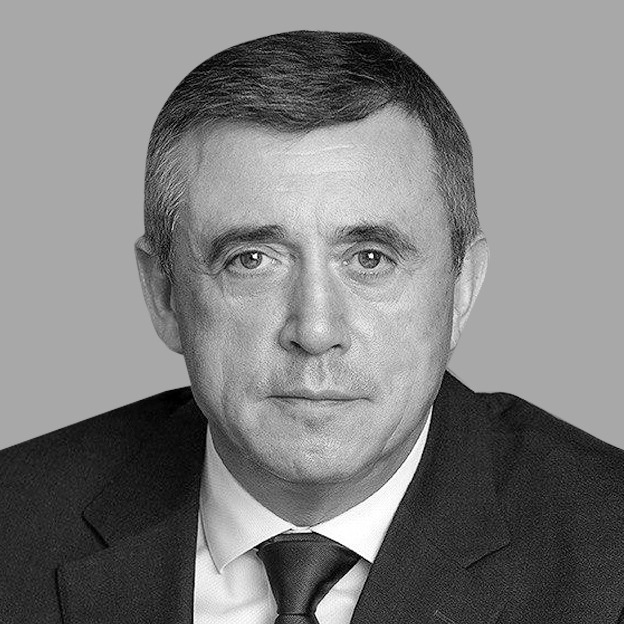
It is important to us to create a new logistics-adjacent industry and develop the transport and logistics business. Coupled with a comfortable environment, that would make it so no one would want to leave the island – on the contrary, people from all over Russia would move there. That is what motivated the idea to build a new, modern, environmentally clean city with modern energy-saving technologies and unmanned transport near Korsakov.
Anticipated result
The development of an architectural and urban planning concept for a new city in the Sakhalin Region will help improve the socio-economic development of the Sakhalin Region and the Far Eastern Federal District, increase the competitiveness of the regional economy, its diversification, and create a favorable investment climate.
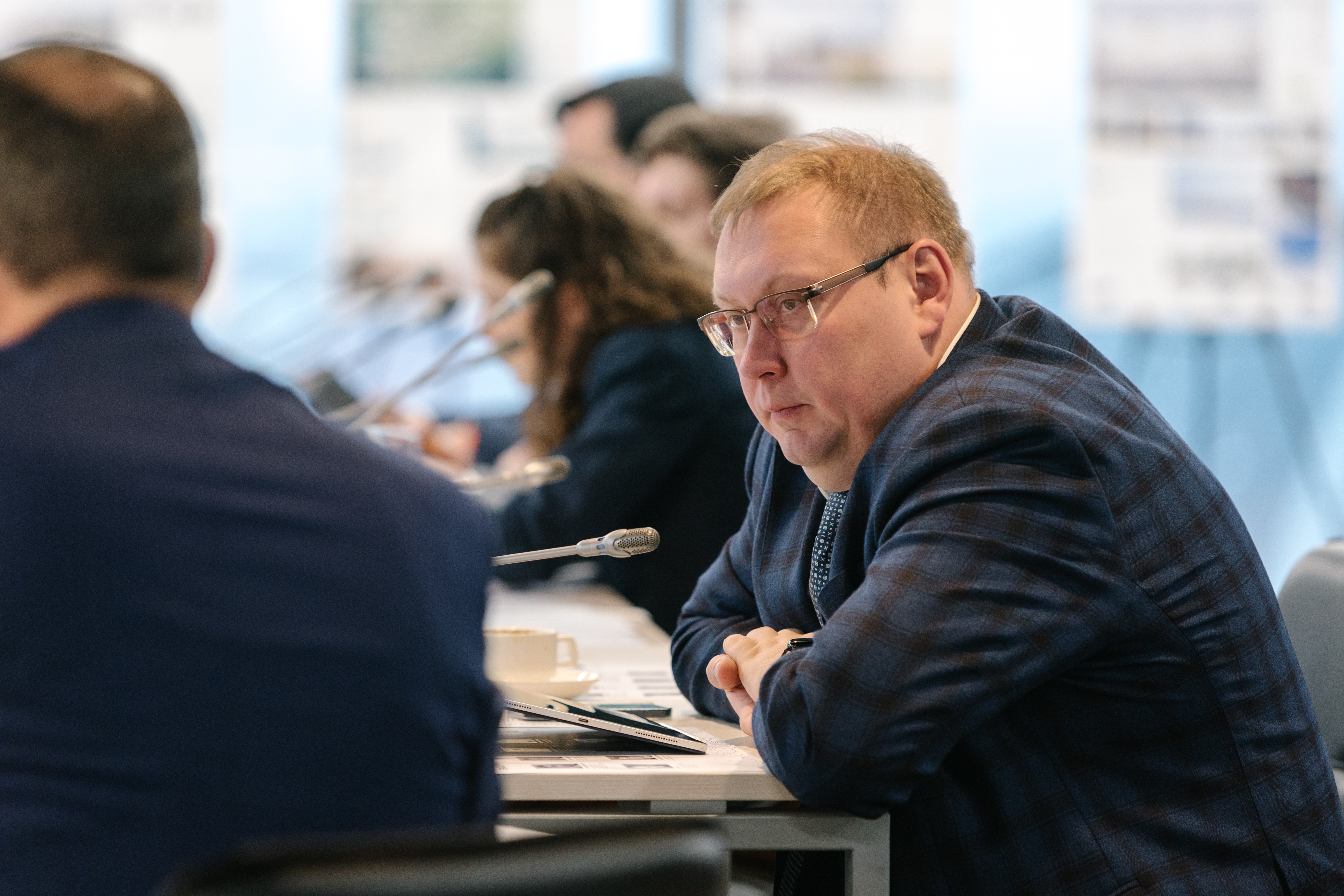
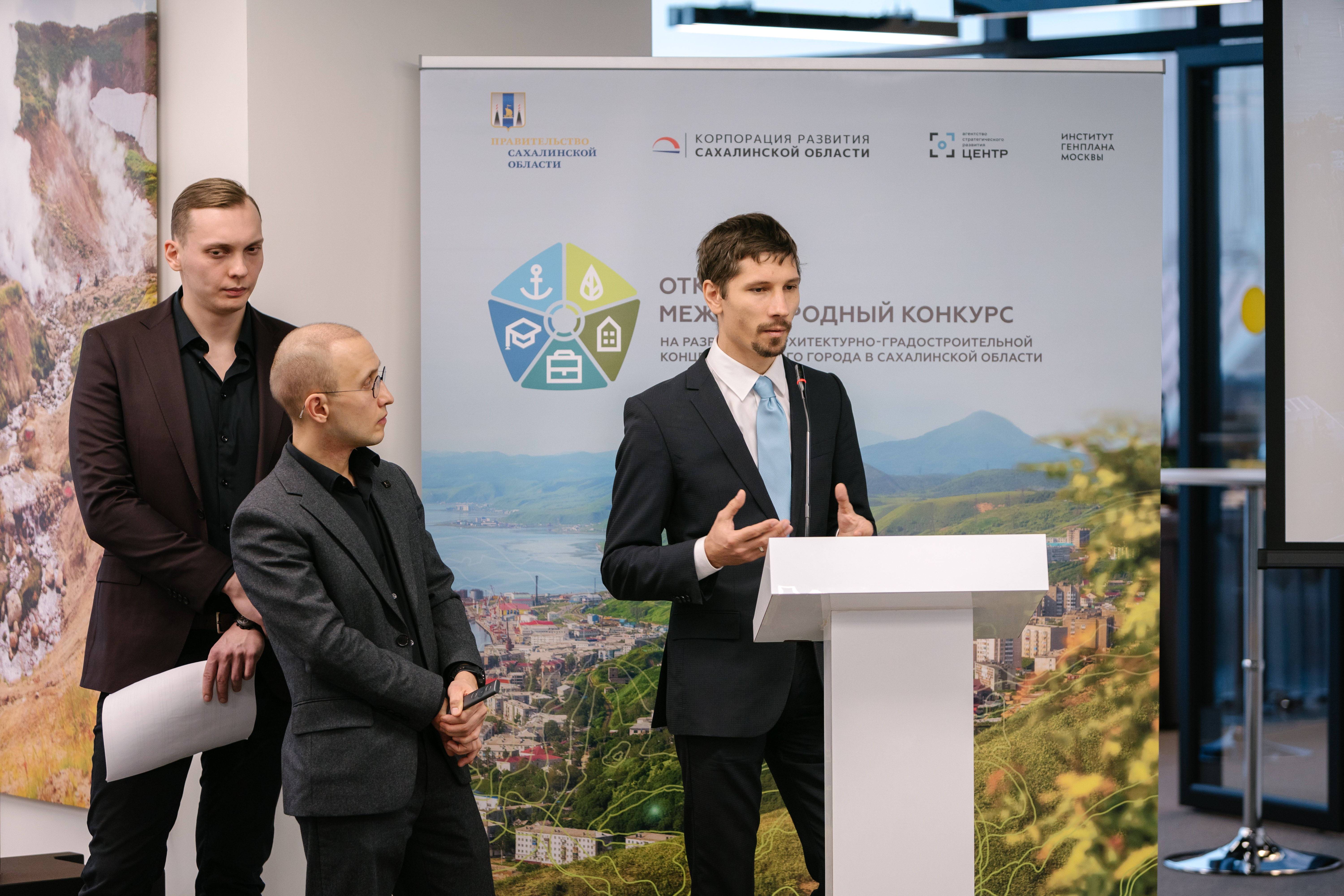
RESULTS
1 PLACE
Consortium led by IND architects (Moscow, Russia)
- Night Frank (Moscow, Russia);
- John Thompson & Partners (London, UK);
- SPI Planning Group (Vladivostok, Russia);
- ООО «Конкрит Джангл» (Vladivostok, Russia);
- DA! Architects (Shanghai, China);
- HPBS (Moscow, Russia).
The main value of the project is the fragile ecosystem of Sakhalin, where the delicate balance of geological, hydrological and meteorological processes provokes both awe and admiration. The creation of Ecopolis in these conditions is the perfect reason to reinvent urban design. Sakhalin’s topography and natural features, unique in their beauty and richness, as well as its favorable geopolitical position, make Sakhalin as a whole, and Ecopolis in particular, a very important point on the map of Russia and of the world.
The new city blends into the surrounding landscape, and its districts are mixed for better interaction and the constant circulation of urban communities. The urban structure is aimed at the establishment of a new type of relationship between buildings, nature and people, with each element qualitatively reinforcing the others. Our objective is the creation of synergy between innovative solutions at various scales.


2 PLACE
Consortium led by Novaya Zemlya (Moscow, Russia).
- Institute of Territorial Planning "Urbanica" (Saint Petersburg, Russia);
- !Erfolg (Grigory Maltsev) (Moscow, Russia);
- Nowadays (Moscow, Russia);
- Architectural bureau Praktika (Moscow, Russia);
- OTSlab (Saint Petersburg, Russia);
- Ilya Mochalov and Partners (Moscow, Russia);
- Archifellows (Moscow, Russia);
- Center for the Development of Urban Environment "Our City” (Yuzhno-Sakhalinsk, Russia).
The New Frontier is the project proposal from the Consortium headed by Novaya Zemlya. It is aimed at restoring Sakhalin’s lost status as a frontier by developing advanced technologies and creating good conditions for new residents to stay and develop. The new frontier of development in the 21st century is not about creating new cities, but about transforming existing ones.
The master plan is based on the model of a compact city in which existing infrastructure is used as efficiently as possible in the development of the new. The two city centers are connected by a single network of green corridors which form an ecological and bicycle-pedestrian framework for the territory. Sustainable solutions are being developed for the “ecological renovation” of the fabric of the city.


3 PLACE
Consortium led by Wowhaus (Moscow, Russia).
- Thomas Stellmach Planning & Architecture (Berlin, Germany);
- Nomura Research Institute (Tokyo, Japan);
- Scientific Research Institute of Ecology and Sustainable Management of Natural Resources (Tyumen, Russia).
The fundamental task of Ecopolis is to loop the flow of resources and to preserve a part of them within the island. One of the main drivers in the development of the territory will be modernization of the port. Ecopolis and the future port should grow and modernize together as a single agglomeration, which will ensure the sustainable development of the region. Ecopolis should be an example of a careful attitude towards nature and the competent use of its resources. Smart city and green technologies are the main principles of the development of the new city. Making a city dynamic requires heterogeneous urban spaces, a multicultural society, and diversity of social functions. We suggest the creation of three urban clusters, one for research and production, one for culture and education, and one for culture and business, each representing a unique urban typology, architecture and function.


4 PLACE
Consortium led by Master's plan (Moscow, Russia).
- Moscow School of Management SKOLKOVO (Odintsovo, Russia);
- MAParchitects (Moscow, Russia);
- Sakhalin State University (Yuzhno-Sakhalinsk, Russia);
- Central Siberian Botanical Garden of the Siberian Branch of the Russian Academy of Sciences (Novosibirsk, Russia);
- Samolet Group of Companies (Moscow, Russia);
- Regional Tourism Development Center (Moscow, Russia);
- Altec (Saint Petersburg, Russia).
A city of the future, a city of new technologies and opportunities, a city of green roofs, wind and sun — Ecopolis is all of this. The main planning axis of Chisty is the existing valley, with its deep lakes and lush forests, with hills on one side and a plateau on the other. This is the foundation for the new city. All the most significant objects will be located on the highest point of Ecopolis in Kholmy District. Residential development with the necessary infrastructure will be concentrated in Plateau District, where each block will have its own unique specialization. The valley will remain untouched by construction. It will connect all parts of the city as a huge park in the very center of Chisty. In aiming at carbon neutrality, we are talking about minimum emissions, about rational use, about recycling, about carbon sinks, about green energy, about safe construction and materials, and about human culture.


5 PLACE
Consortium led by Sheredega Consulting (Moscow, Russia).
- Perkins & Will (Atlanta, GA, USA);
- Brand Urban Studio (Artem Gebelev) (Moscow, Russia);
- dot.bureau (Alexey Chadovich) (Moscow, Russia);
- Grazhdanproekt (Krasnoyarsk, Russia);
- YOarchitects (Moscow, Russia)
Novgorod-on-Tikhiy is a new, innovative city, an ecopolis that may arise on the coast of Aniva Bay on Sakhalin, near the town of Korsakov. The city’s mission is to be an outpost of Russian culture, an innovative laboratory for hydrogen energy, and an educational and transport hub. The planning structure is based on the principle of a flexible, adaptive structure that changes to suit any conditions. The city will be formed by six main frameworks: green, transport, cultural and educational, representative and ambassadorial, innovative and technological, and digital. An important mission of the new city will be the export of Russian culture to East Asia, which will be facilitated by the representative framework of the city, which includes an embassy quarter, a Russian courtyard, a Russian house, and a village. Novgorod-on-Tikhiy will be a pilot site for the implementation of projects in the areas of MariNet, EnergyNet, FoodNet, AutoNet, AeroNet and others. The technological framework of the city is being created for this. Novgorod-on-Tikhiy is an experimental site and an urban development laboratory that will bring benefits to every region of the Russian Federation.

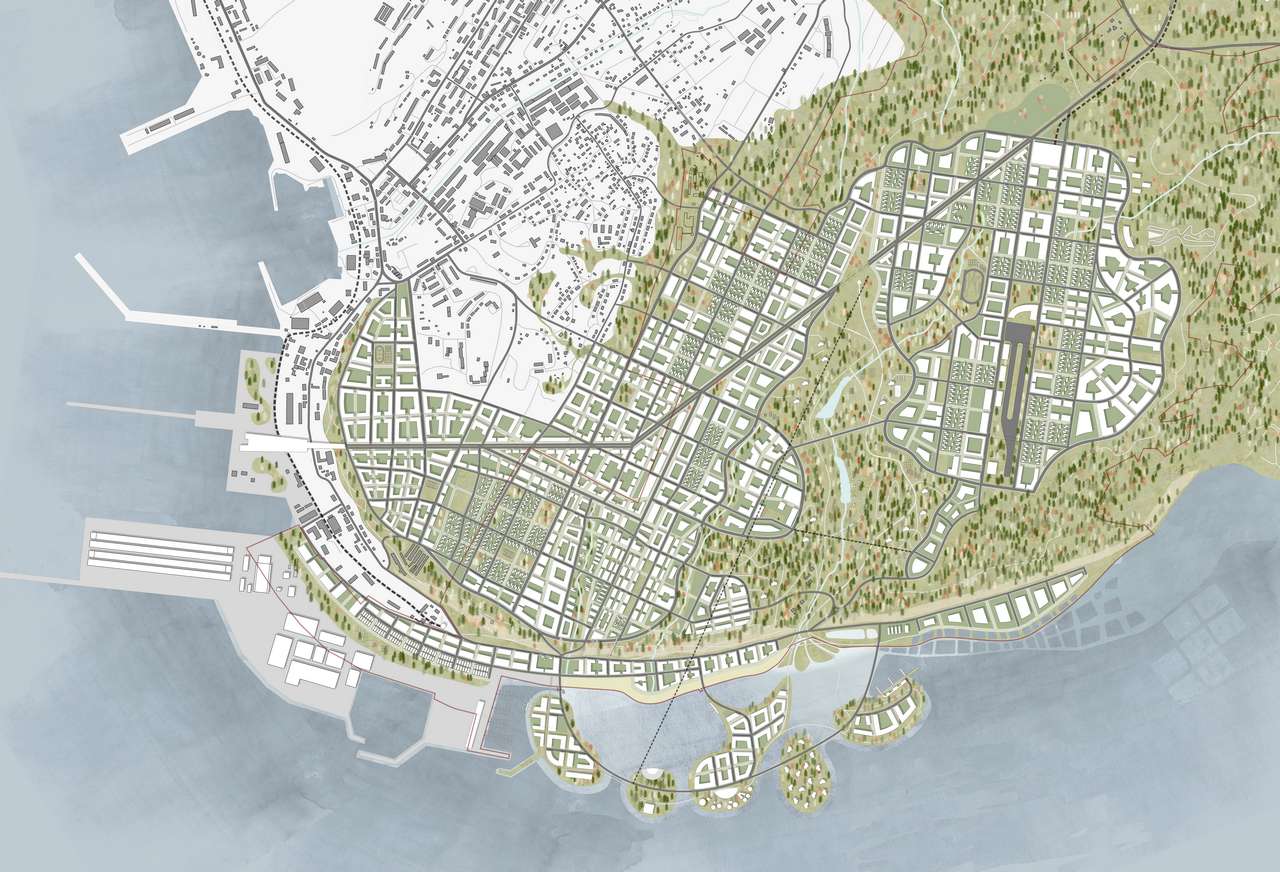
JURY
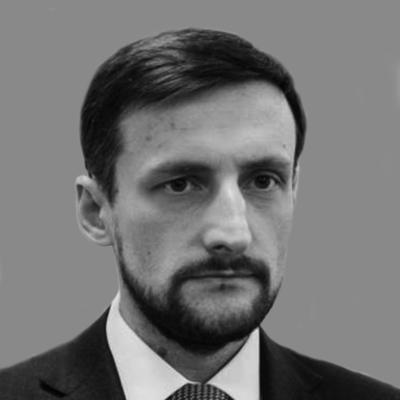 Alexey RakitskyMinister of Architecture and Urban Development of the Sakhalin Region, Chairman of the Expert Council
Alexey RakitskyMinister of Architecture and Urban Development of the Sakhalin Region, Chairman of the Expert Council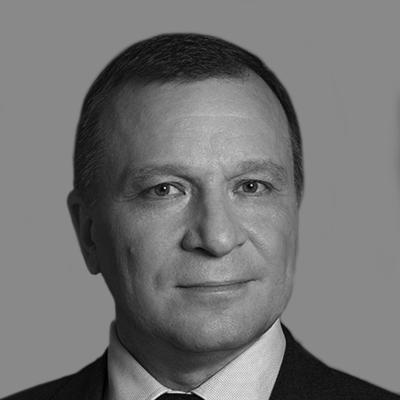 Andrey MedvedevGeneral Director, Sakhalin Region Development Corporation
Andrey MedvedevGeneral Director, Sakhalin Region Development Corporation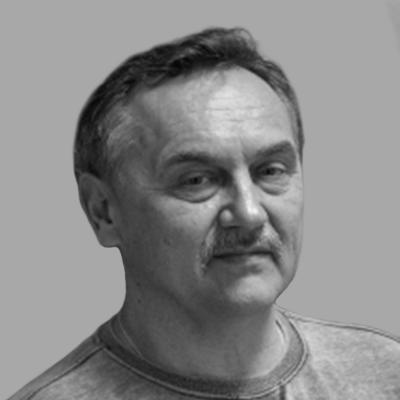 Mikhail FilyushkinDeputy Head, Head of the Department of Architecture, Urban Planning and Urban Environment Competence
Mikhail FilyushkinDeputy Head, Head of the Department of Architecture, Urban Planning and Urban Environment Competence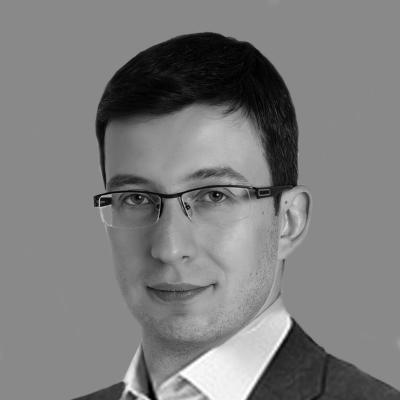 Anton FinogenovDeputy General Director of DOM.RF Foundation
Anton FinogenovDeputy General Director of DOM.RF Foundation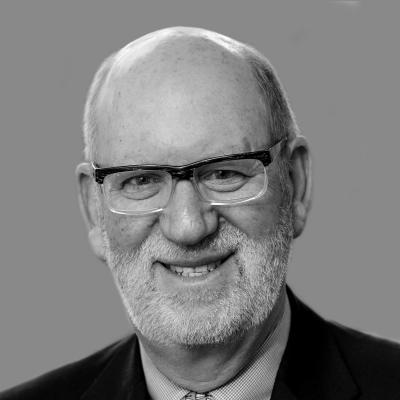 Michael GellerArchitect (AIBC, FCIP RPP), Sustainability Specialist, President of The Geller Group
Michael GellerArchitect (AIBC, FCIP RPP), Sustainability Specialist, President of The Geller Group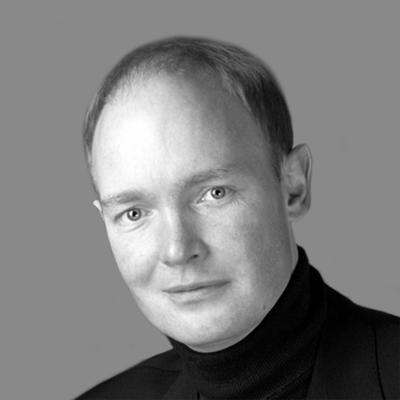 Guy EamesChairman of the Green Building Council RuGBC
Guy EamesChairman of the Green Building Council RuGBC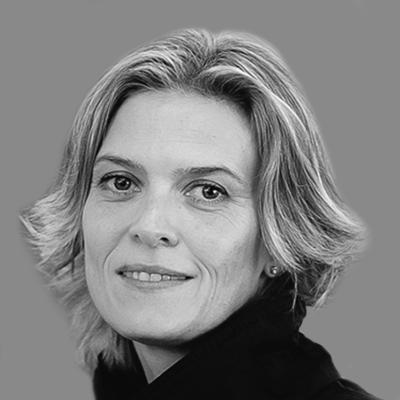 Anja Sophia EhrenfriedGeneral Director, Citythinking by Eddea
Anja Sophia EhrenfriedGeneral Director, Citythinking by Eddea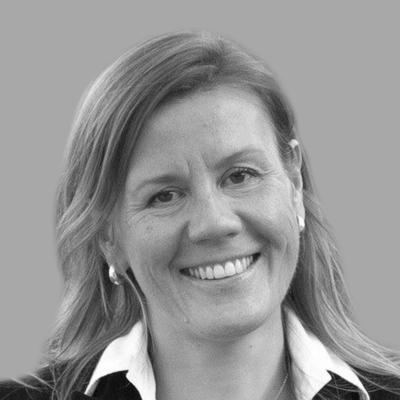 Magali VolkweinDirector of Urban Planning, Devillers et Associes
Magali VolkweinDirector of Urban Planning, Devillers et Associes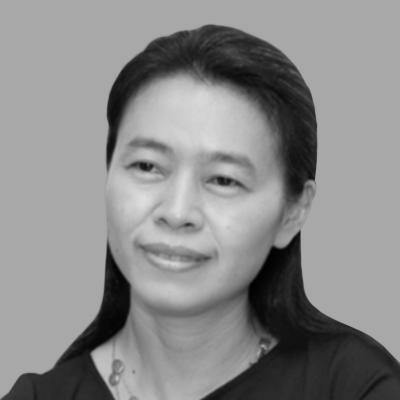 Chen HongDirector of Planning, Managing Director of Hangzhou Planning and Design Centre, RSP Architects Planners & Engineers
Chen HongDirector of Planning, Managing Director of Hangzhou Planning and Design Centre, RSP Architects Planners & Engineers





